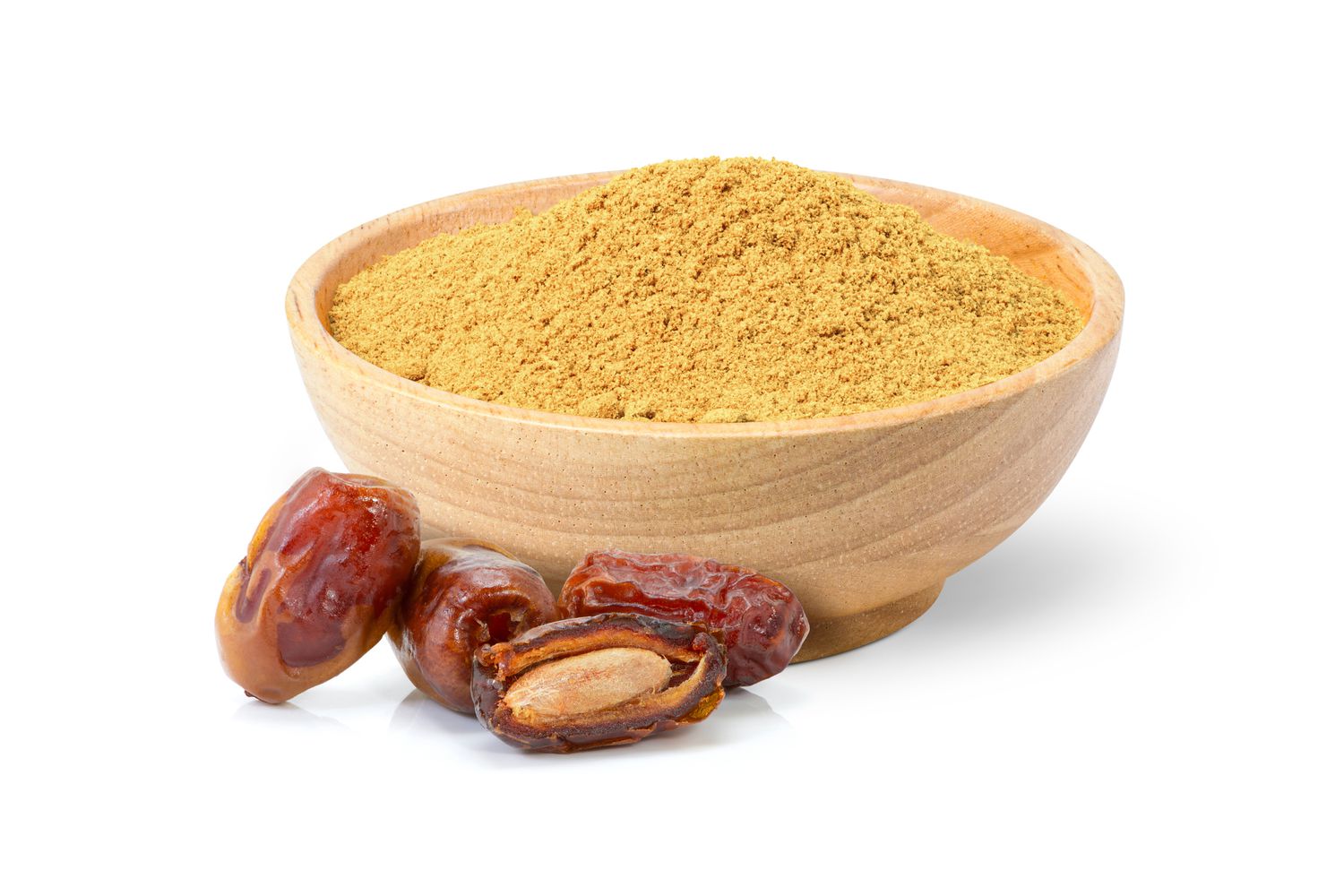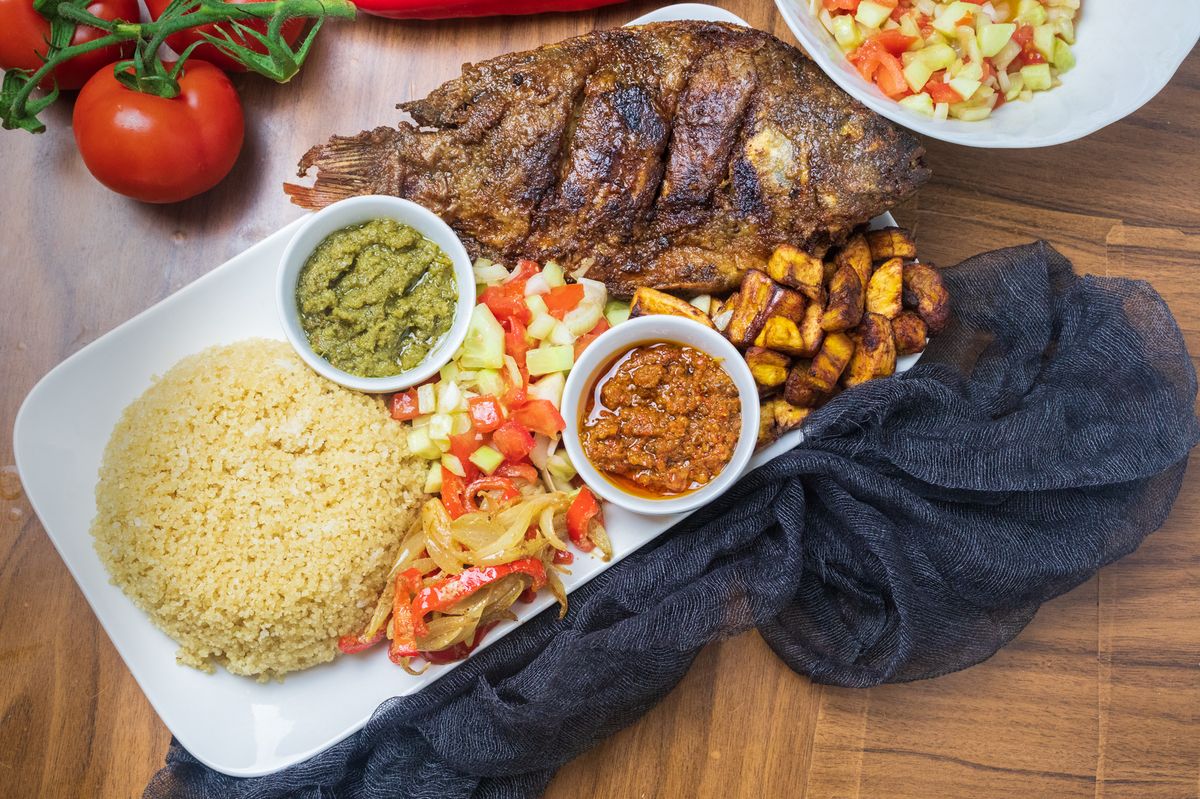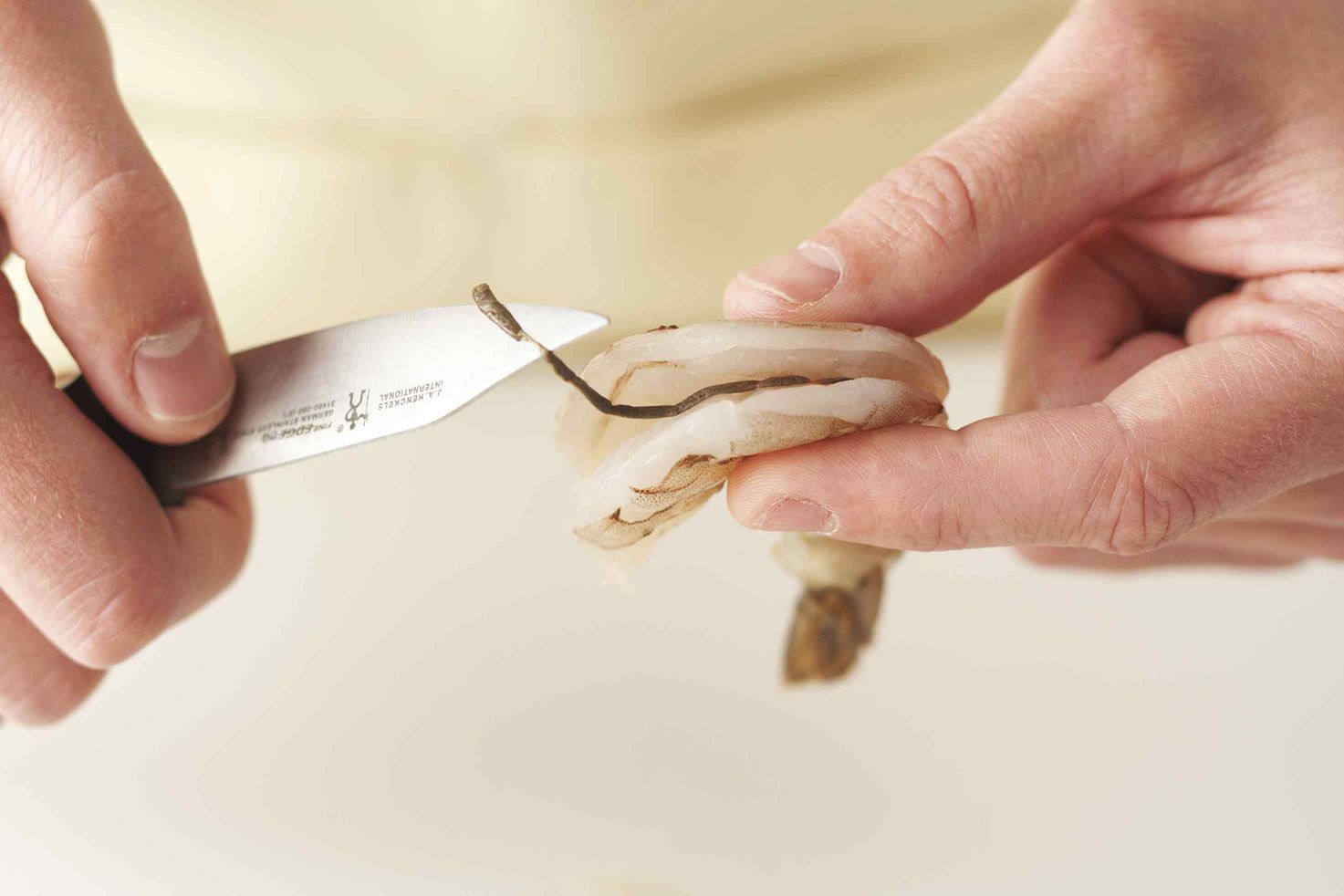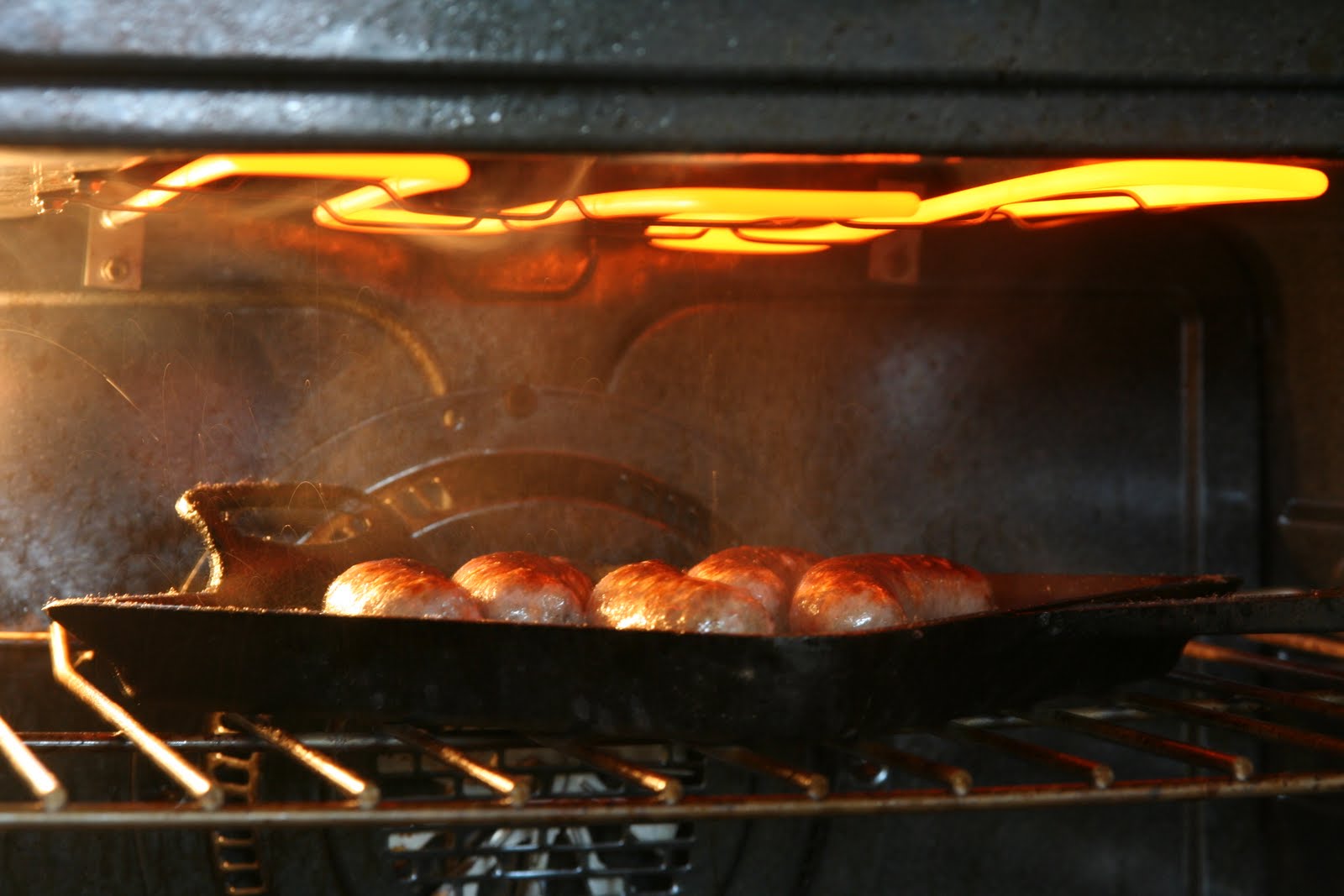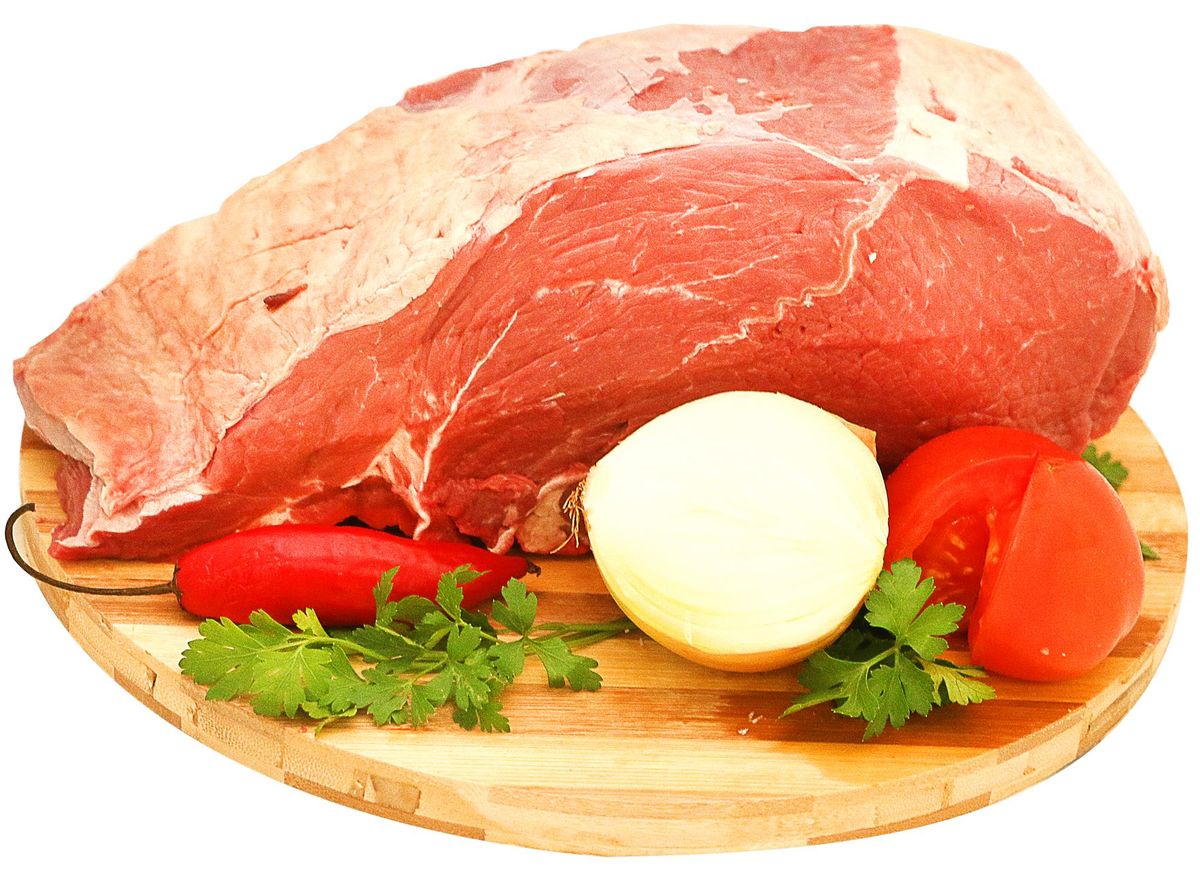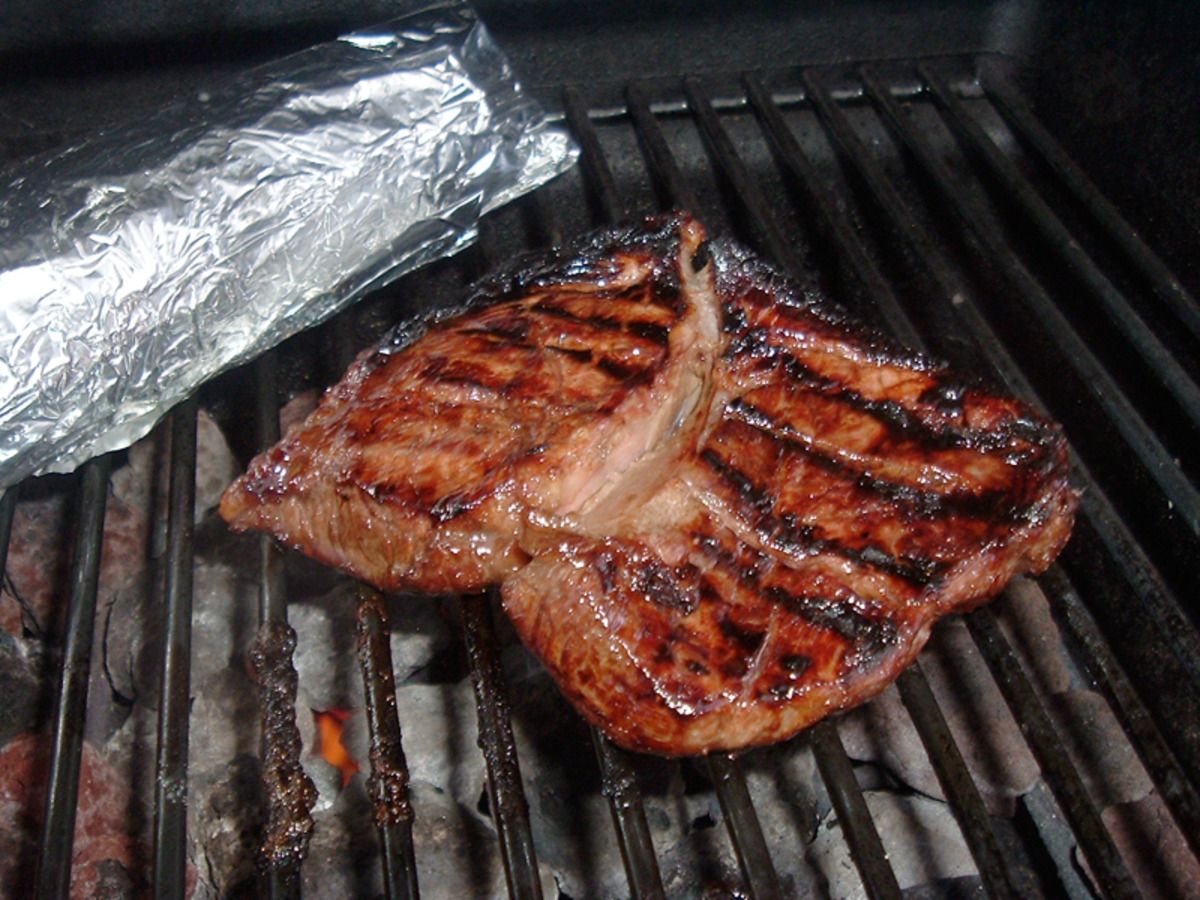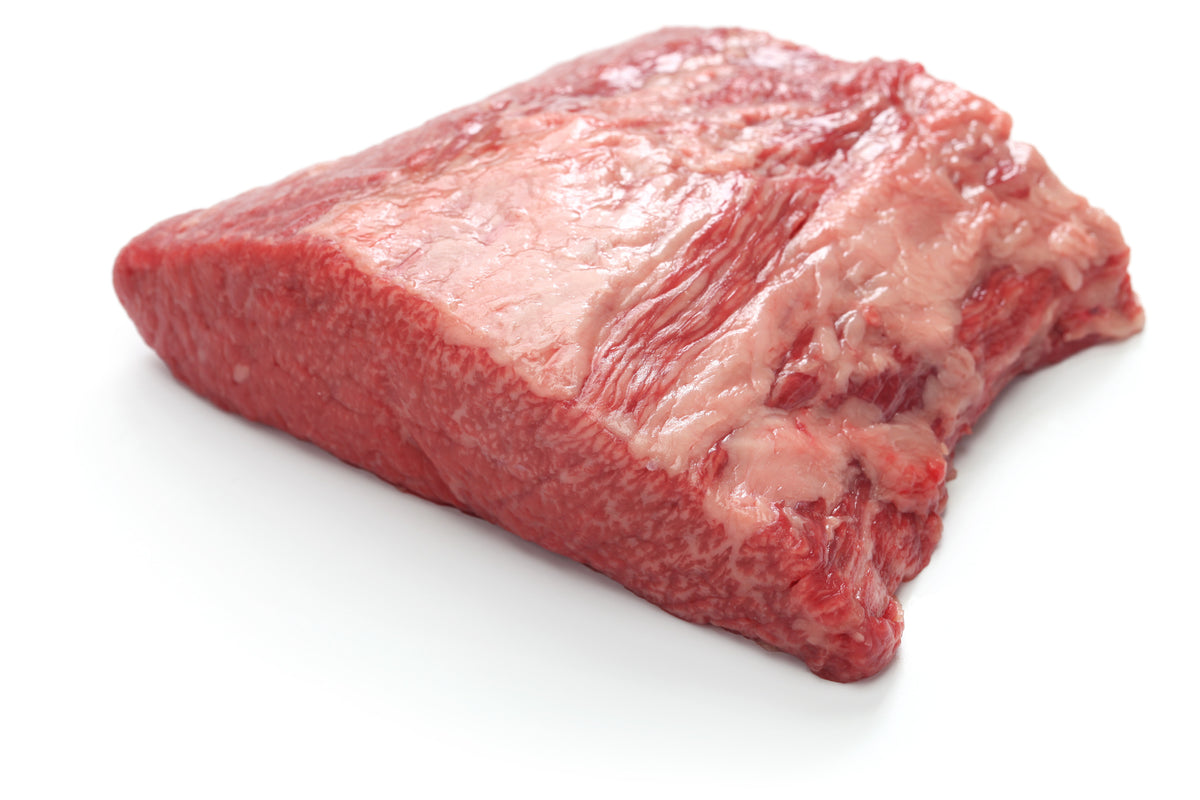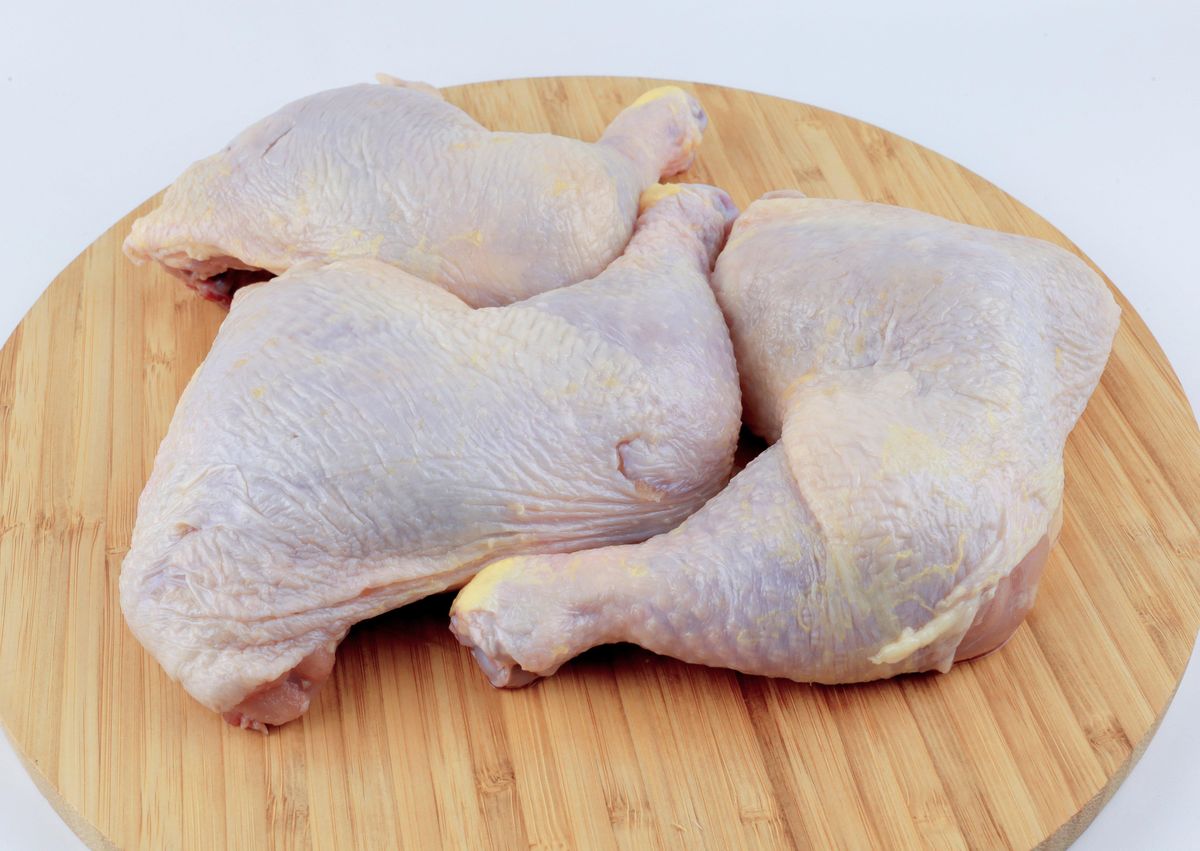Understanding the Art of Braising
When it comes to cooking, there are various techniques that can be used to create delicious and flavorful dishes. One such technique that has been used for centuries is braising. Braising is a cooking method that involves browning meat or vegetables in fat, then slowly cooking them in a covered pot with a small amount of liquid. This process results in tender, flavorful dishes that are perfect for cozy family dinners or special occasions.
How Does Braising Work?
Braising works by breaking down the tough connective tissues in meat, resulting in a tender and juicy final product. The combination of browning the meat and slow cooking it in liquid allows the flavors to meld together, creating a rich and savory dish. This method is ideal for tougher cuts of meat that may be less tender when cooked using other methods.
The Braising Process
When braising, it’s important to follow a few key steps to ensure the best results:
- Browning: Start by browning the meat or vegetables in a hot pan with a small amount of oil. This step adds depth of flavor and creates a delicious caramelized exterior.
- Adding Liquid: Once the meat or vegetables are browned, add a small amount of liquid to the pot. This can be broth, wine, or a combination of both, depending on the recipe.
- Covering and Simmering: Cover the pot and allow the dish to simmer over low heat. This slow cooking process allows the flavors to develop and the meat to become tender.
- Finishing: Once the dish has finished cooking, the liquid can be reduced to create a flavorful sauce to accompany the meat or vegetables.
Benefits of Braising
Braising offers several benefits that make it a popular cooking method:
- Tenderizes Tough Cuts: Braising is perfect for tougher cuts of meat, as the slow cooking process helps to tenderize and break down the connective tissues.
- Enhances Flavor: The combination of browning and slow cooking allows the flavors to develop and meld together, resulting in a rich and delicious dish.
- Creates Delicious Sauces: The liquid used in braising can be reduced to create a flavorful sauce that perfectly complements the main dish.
- Versatile: Braising can be used for a wide variety of meats and vegetables, making it a versatile cooking method for home cooks.
Popular Braised Dishes
There are countless delicious dishes that can be created using the braising method. Some popular examples include:
- Beef Bourguignon: A classic French dish featuring beef braised in red wine with onions, carrots, and mushrooms.
- Coq au Vin: A traditional French stew made with chicken, wine, and vegetables.
- Braised Short Ribs: Tender and flavorful short ribs slow-cooked in a savory sauce until they are fall-off-the-bone delicious.
- Braised Lamb Shanks: Lamb shanks braised with aromatic herbs and spices for a hearty and satisfying meal.
In Conclusion
Braising is a time-honored cooking method that has been used to create delicious and comforting dishes for generations. By understanding the process and following a few simple steps, home cooks can create tender, flavorful meals that are sure to impress family and friends. Whether it’s a cozy Sunday dinner or a special occasion, braising is a versatile and rewarding cooking technique that every aspiring chef should master.
Was this page helpful?
Read Next: What Is Burgerville Sauce Recipe
